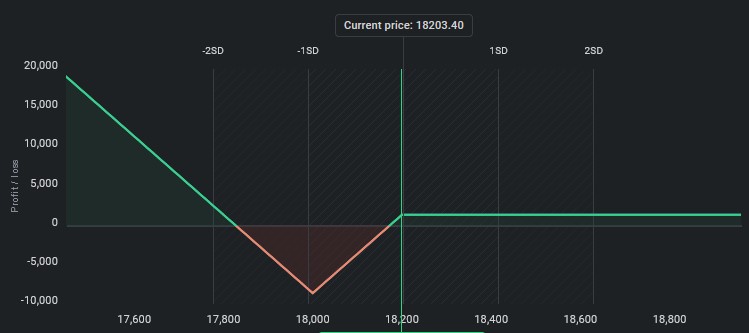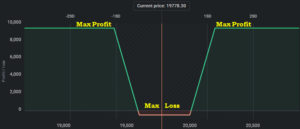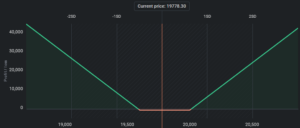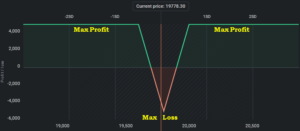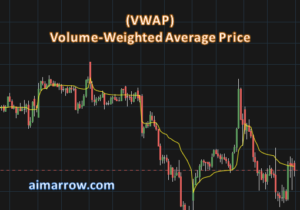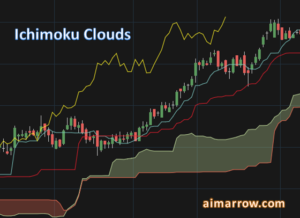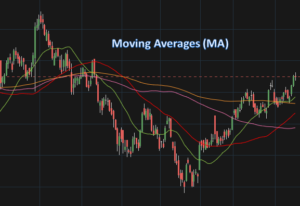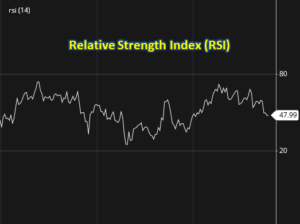Put Ratio Back Spread Options Trading Strategy | Step-by-Step Execution Process, Payoff Graph, Pros & Cons, Adjustments
What is Put Ratio Back Spread?
The put ratio back spread is a complex options trading strategy that can be used by experienced traders to profit from a bearish outlook on a particular underlying asset. It involves buying a certain number of put options at a lower strike price and selling a larger number of put options at a higher strike price. The strategy aims to maximize profit in a market downturn while minimizing potential losses in the event of a price reversal.
Example of the Put Ratio Back Spread Options Strategy
Let us consider an example to understand the put ratio back spread options strategy. Suppose that an investor believes that the stock of XYZ Corporation, currently trading at $50, is overvalued and likely to decline. The investor decides to use the put ratio back spread strategy to profit from this bearish outlook.
Step-by-Step Process of Executing the Put Ratio Back Spread Options Strategy
Step 1: Buy Put Options The investor buys a certain number of put options with a lower strike price, say $45. These put options have a premium of $2 per contract.
Step 2: Sell Put Options The investor sells a larger number of put options at a higher strike price, say $55. These put options have a premium of $4 per contract.
Step 3: Determine the Ratio The ratio of the number of put options sold to the number of put options bought is determined. In this case, let us assume that the investor has sold two put options for every one put option bought.
Pros and Cons of the Put Ratio Back Spread Options Strategy
Pros:
- High Potential Profits: The put ratio back spread can result in significant profits if the underlying asset’s price drops substantially.
- Limited Losses: The strategy has limited potential losses as the investor buys put options at a lower strike price to cover the sold put options at a higher strike price.
- Flexibility: The strategy can be adapted to different market scenarios by adjusting the strike prices and ratio of options.
Cons:
- Complex Strategy: The put ratio back spread is a complex strategy that requires experience and skill to execute.
- High Transaction Costs: The strategy involves multiple transactions, which can result in higher transaction costs.
- Limited Profit Potential: If the underlying asset’s price does not drop substantially, the investor’s profits will be limited.
Payoff Graph of the Put Ratio Back Spread Options Trading Strategy
The payoff graph of the put ratio back spread options trading strategy is shown below:
The graph shows that the investor’s profits increase if the underlying asset’s price drops significantly. However, if the asset’s price rises or remains unchanged, the investor’s potential losses are limited.
Adjustments to the Put Ratio Back Spread Options Strategy
When in Profit: If the investor is in profit, they may choose to close out the position entirely or adjust the strike prices and ratio of options to maintain the bearish outlook while reducing potential losses.
When in Loss: If the investor is in loss, they may adjust the strike prices and ratio of options to reduce potential losses or close out the position entirely.
Conclusion
The put ratio back spread options strategy is a complex but potentially profitable trading strategy that requires experience and skill to execute successfully. It can be adapted to different market scenarios by adjusting the strike prices and ratio of options. However, the strategy has limited profit potential and high transaction costs, and potential losses must be carefully managed.
